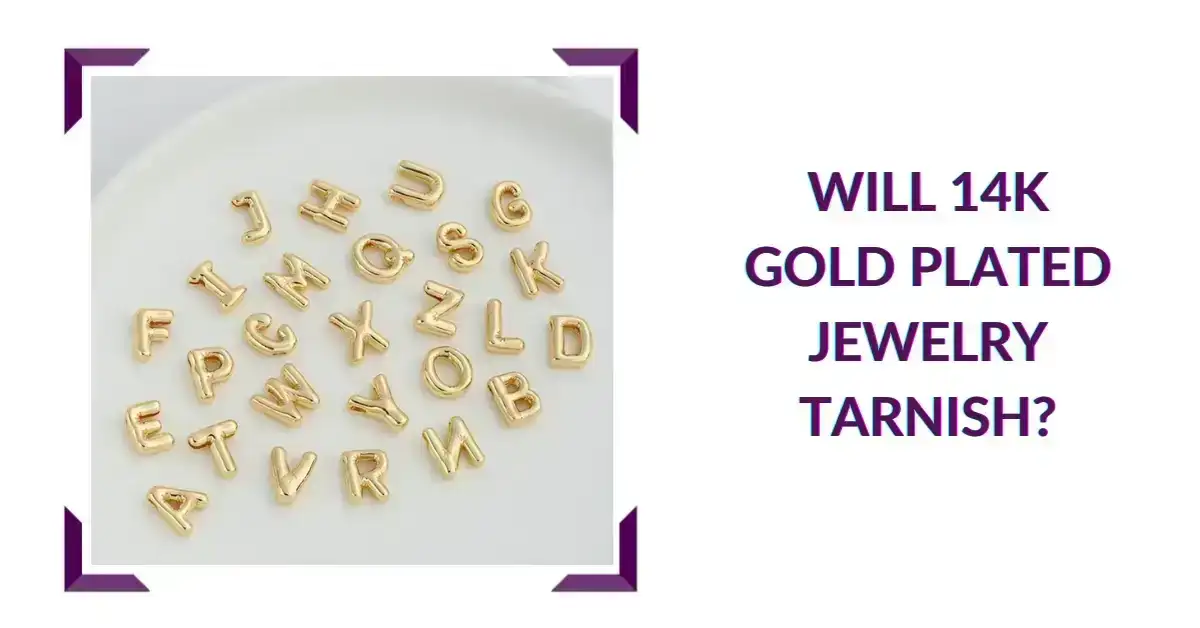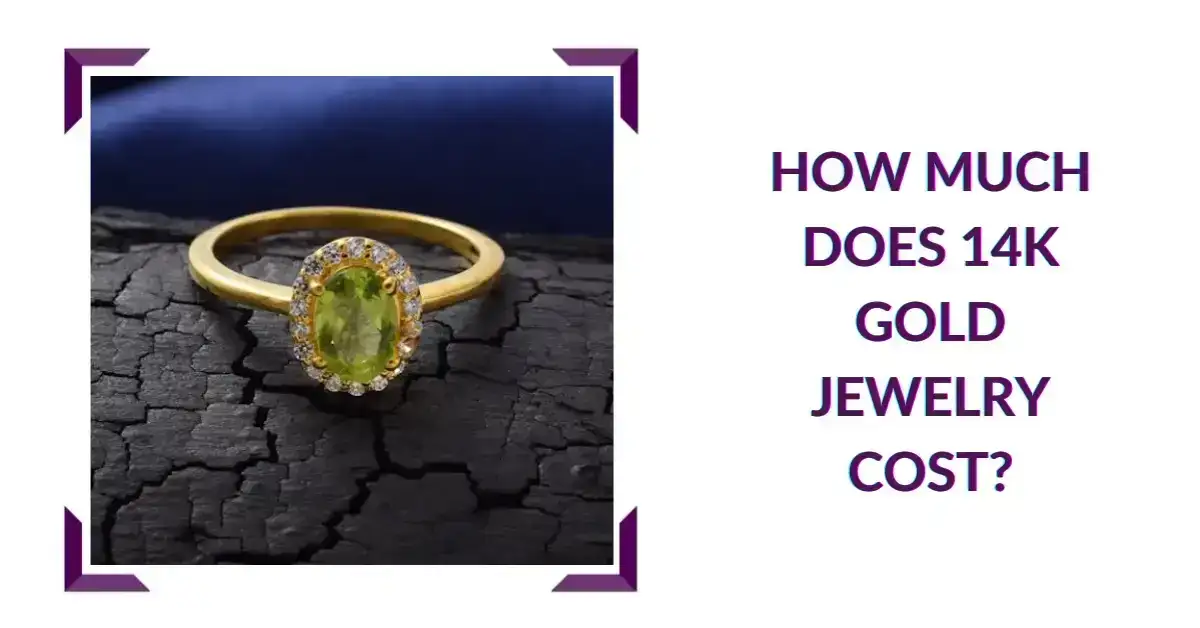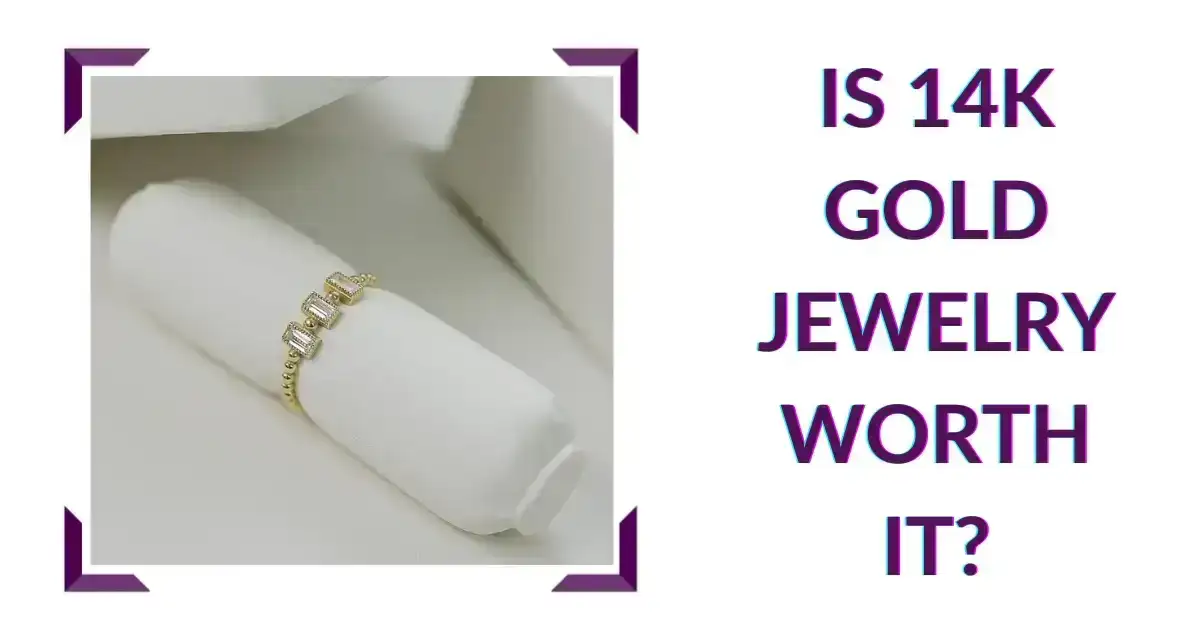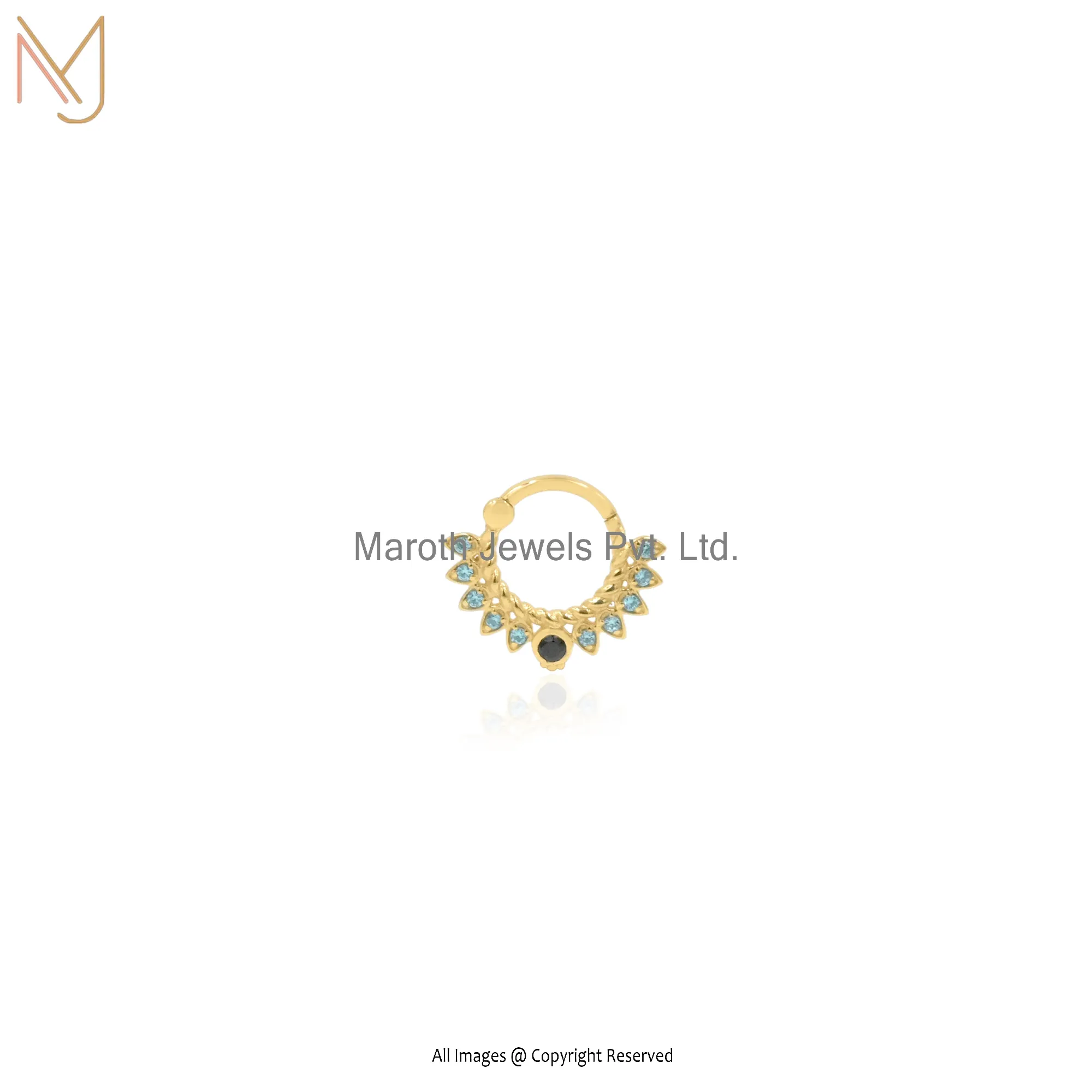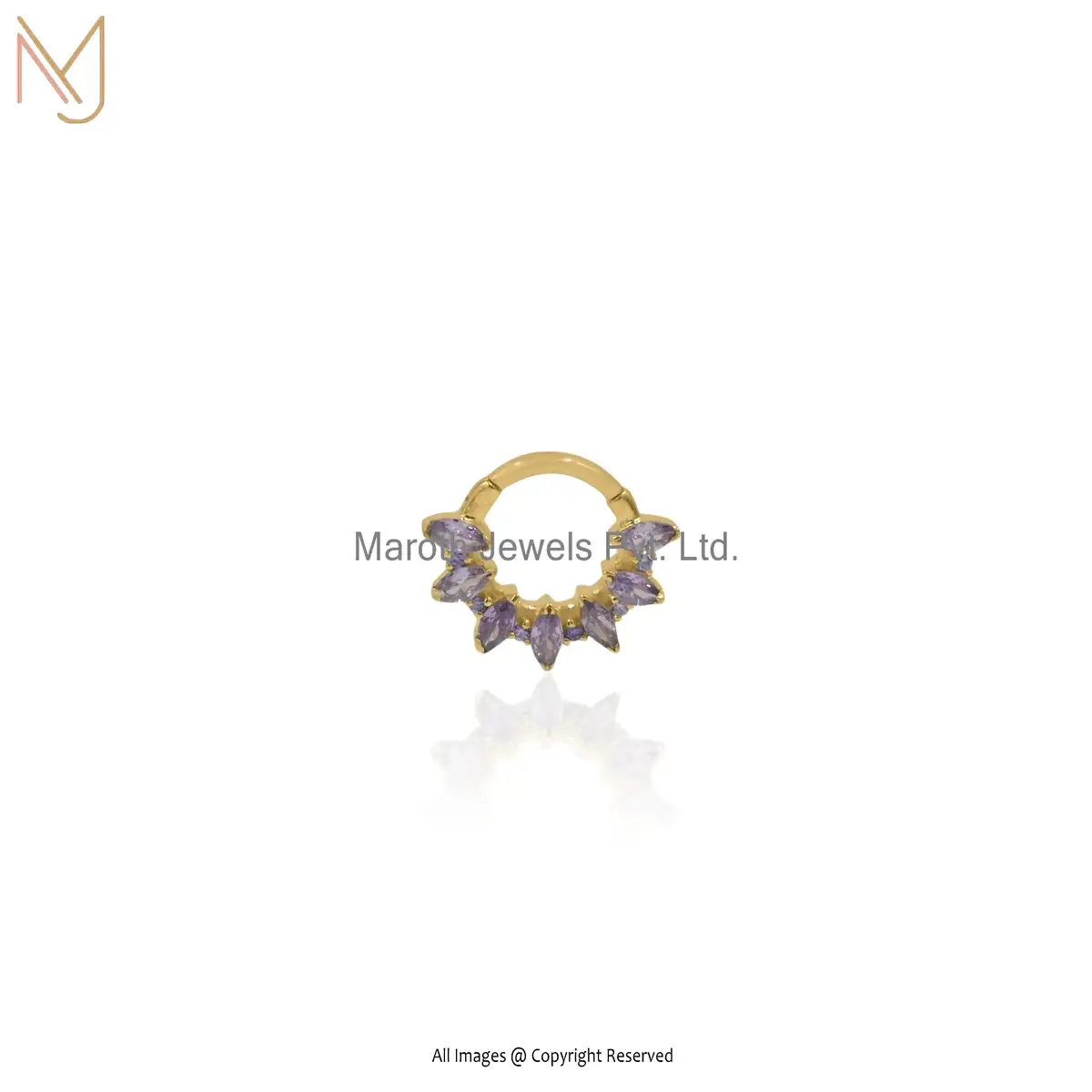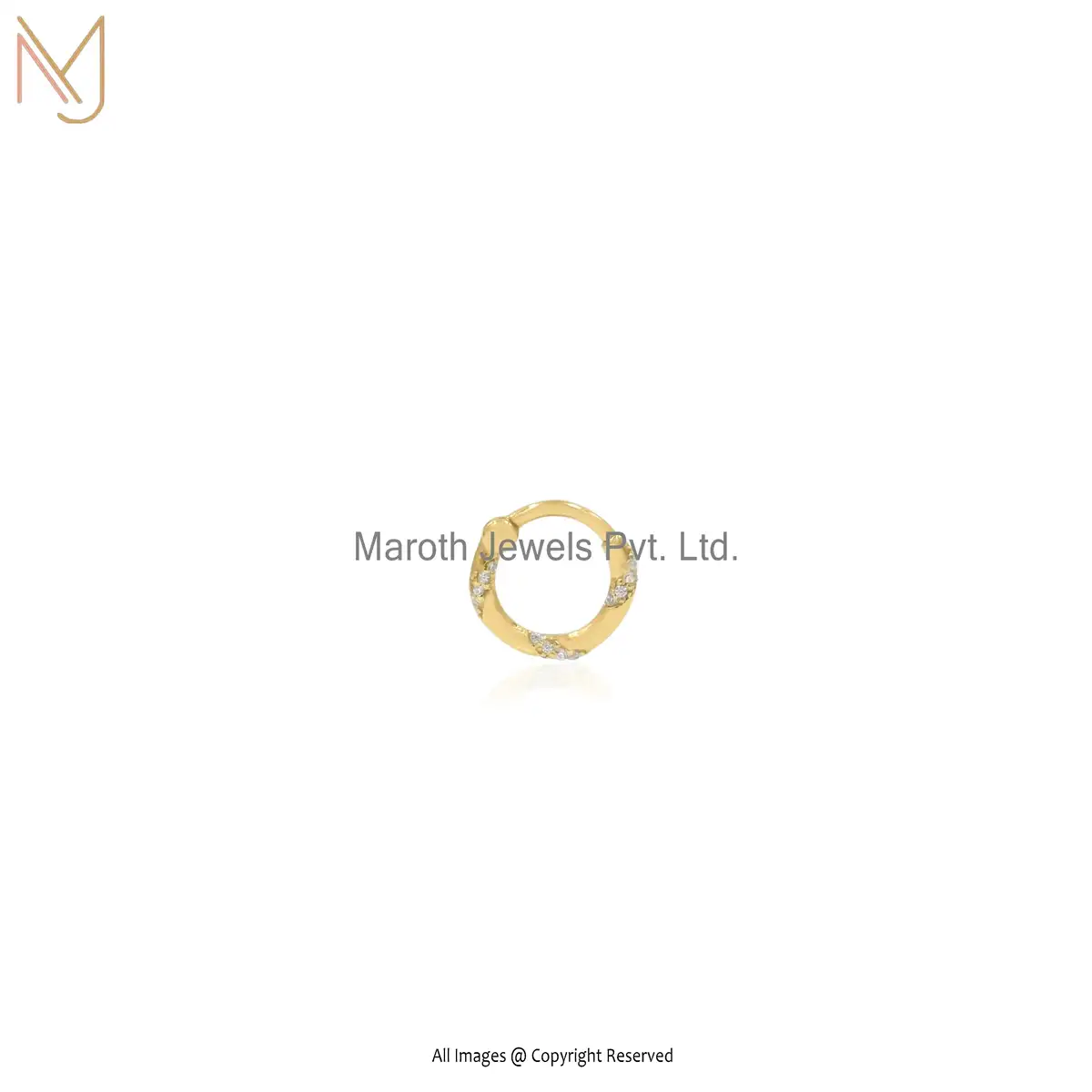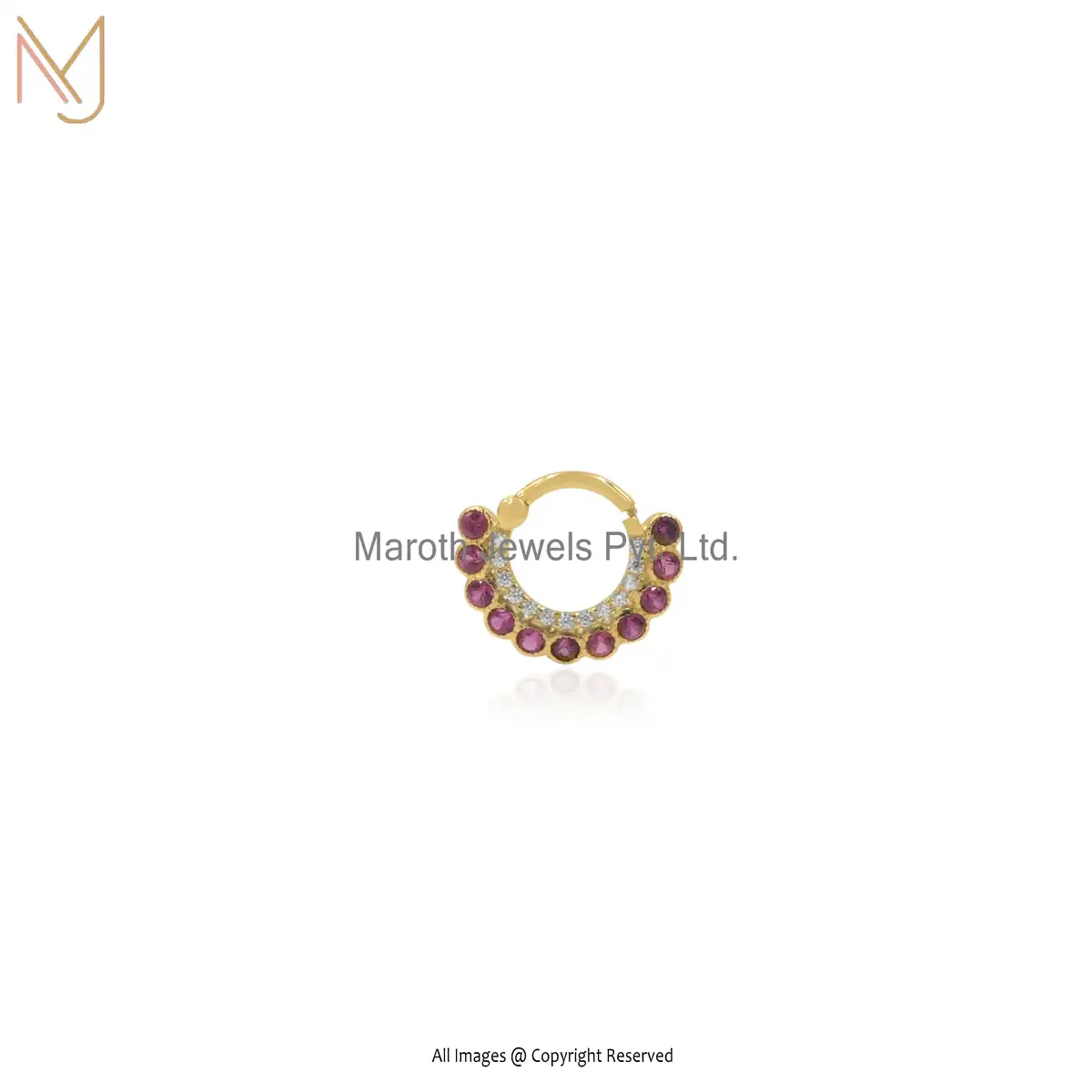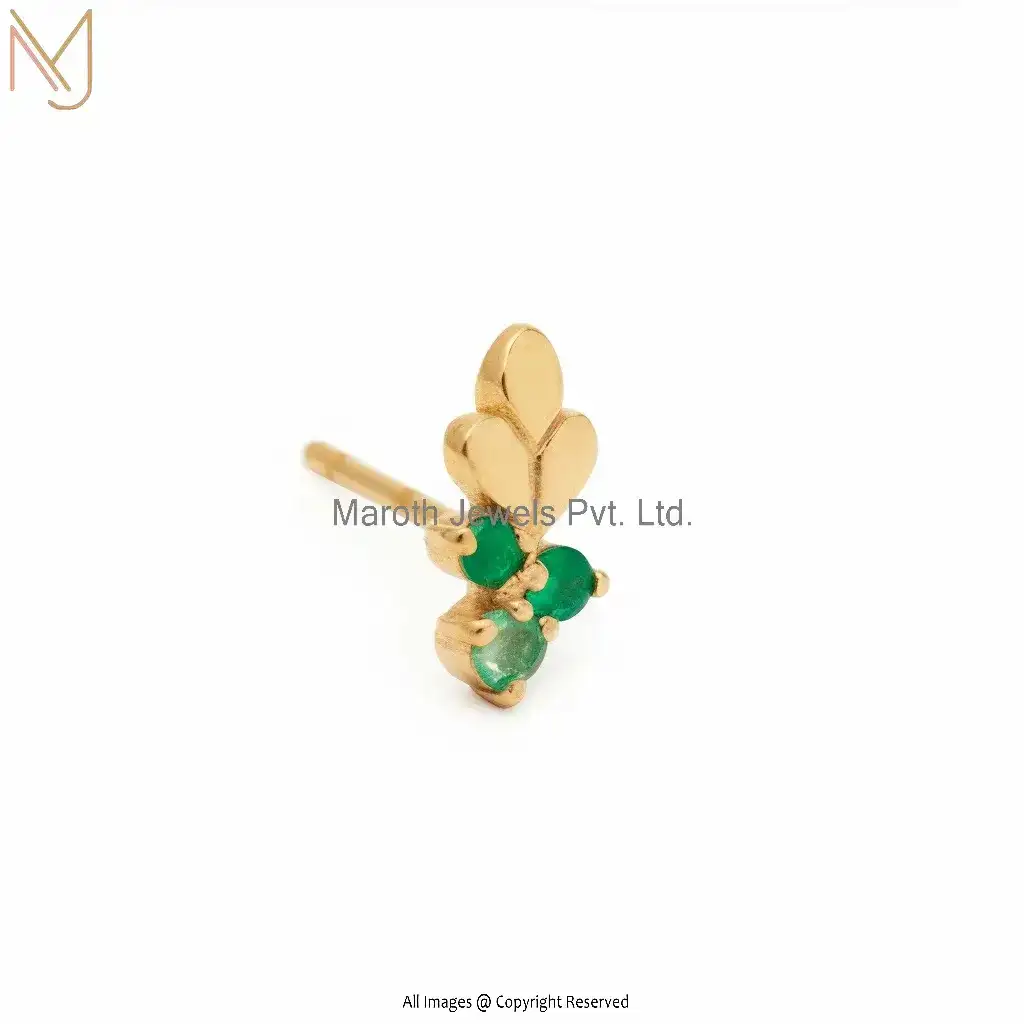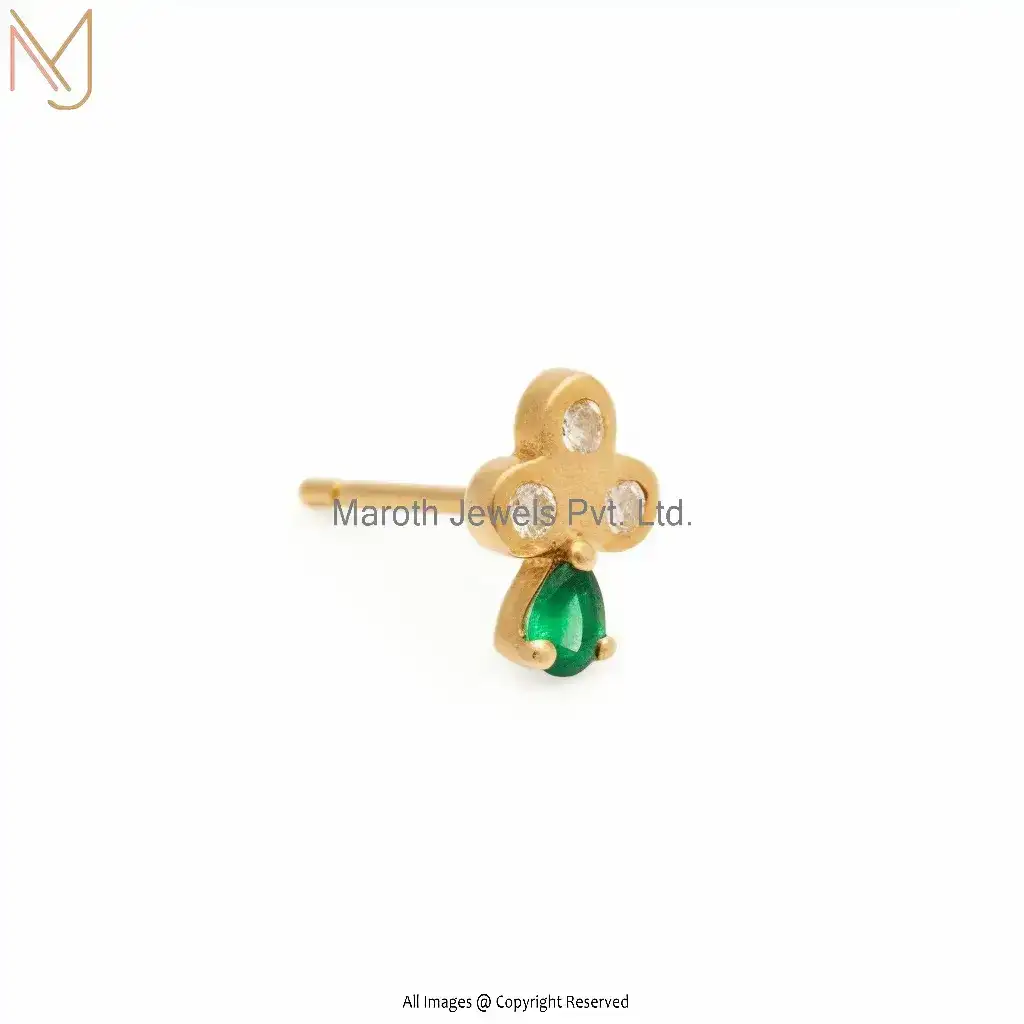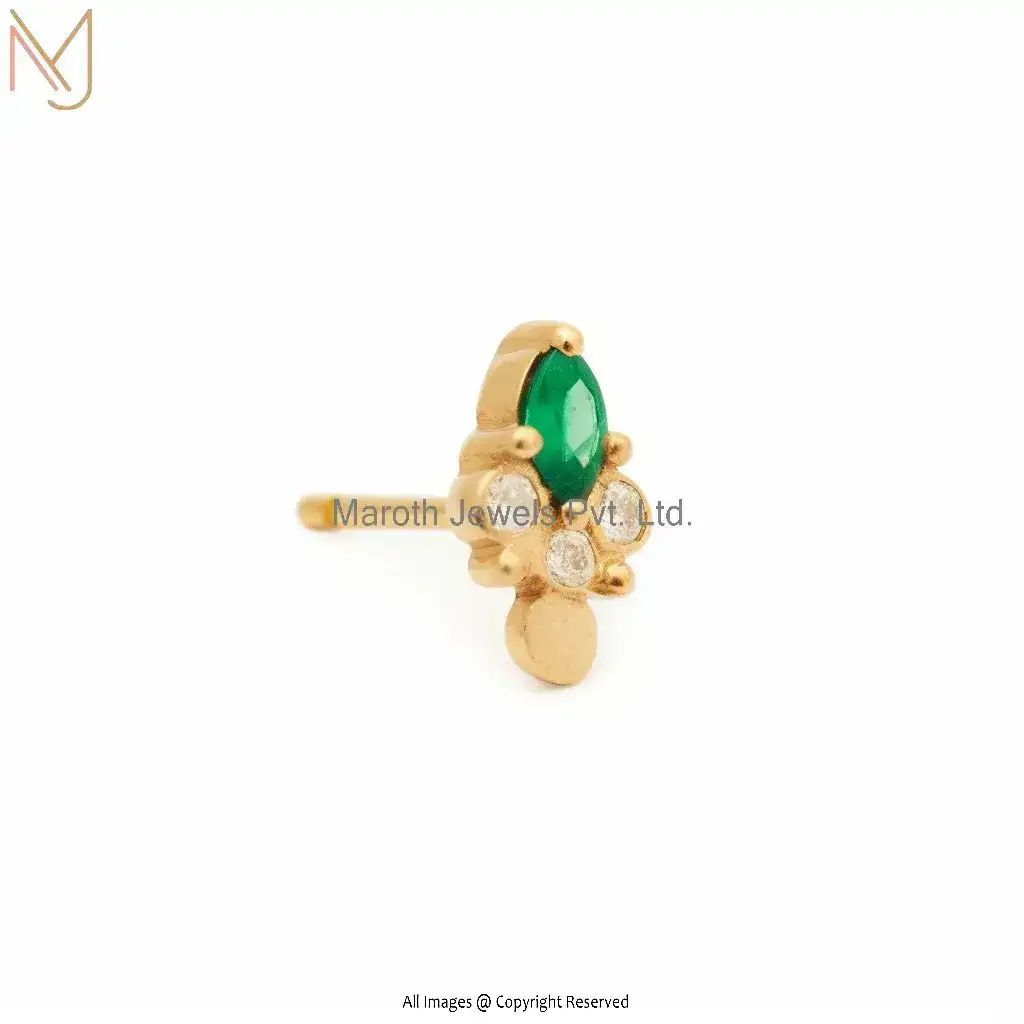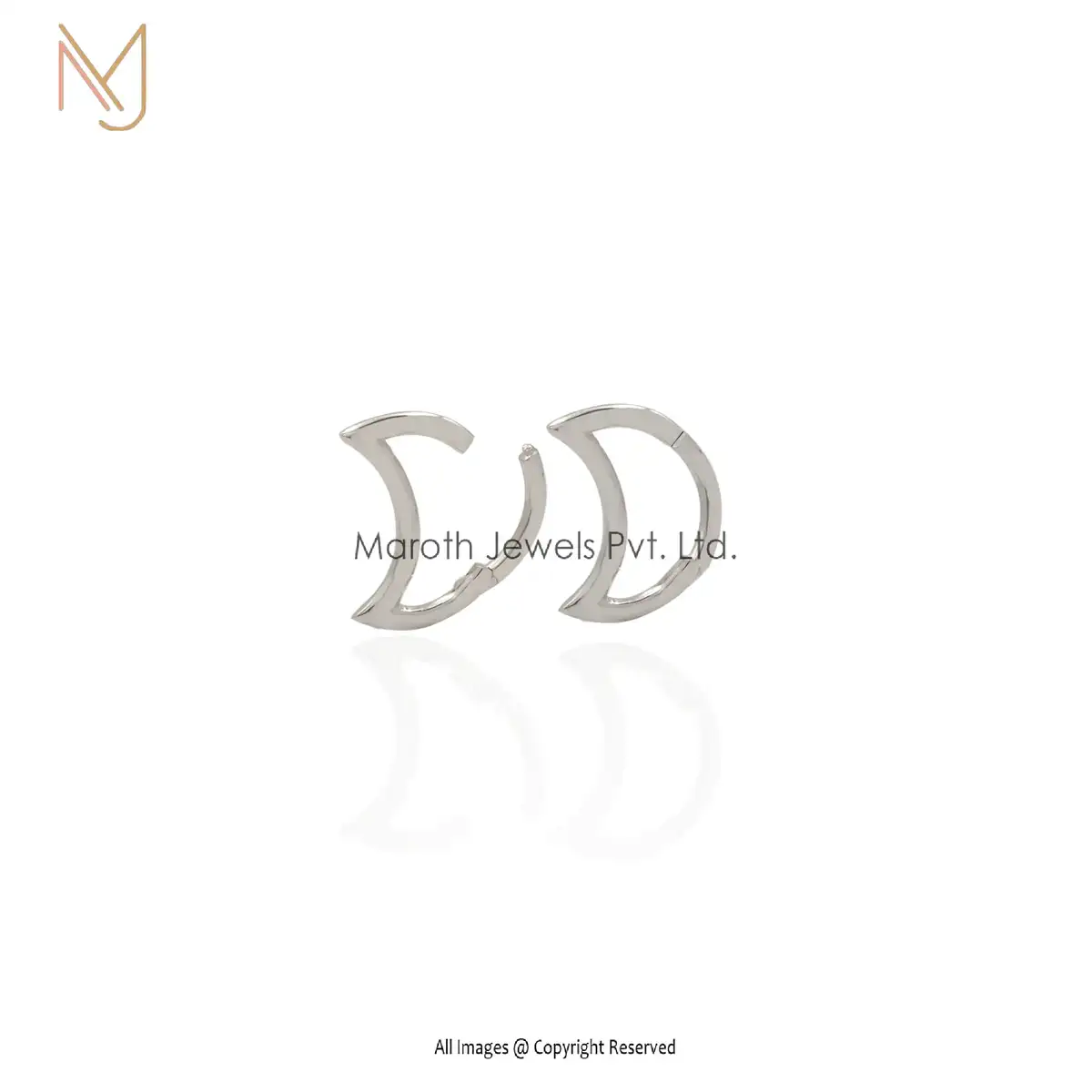How Did the Word ‘Gold’ Get Its Name?

How Did the Word ‘Gold’ Get Its Name?
Gold is a rare precious metal that has been discovered in countries all over the world. Some of the world’s biggest miners of gold today include South Africa, China, Russia, Australia and the United States.
When you think of gold, there are many different things that come to mind. After all, it is one of the most widely used commodities on the planet and one of the world’s most prized natural resources. Today, gold is used in everything from jewellery to computer chips, and new uses for the metal are being discovered all the time.
Interesting Facts About Gold
Gold is highly valued for its unique yellow colour. It’s currently the only known metal that is naturally yellow or “golden”. Other metals may develop a yellow hue if they become oxidised with other chemicals.
Gold is literally from out of this world. It is believed that the precious metal is formed when two stars collide, causing heavy elements to be ejected outwards. Gold is non-toxic and non-irritating when ingested, which means you can eat it without consequence. Edible gold leaf has frequently been used to decorate extravagant items of food.
The world’s largest gold nugget ever found was discovered in Australia in 1872. It weighed an incredible 204 lbs and was over 5 feet tall.– It is estimated that around 20 million tons of gold is lying under the ocean.
VISIT FOR :: is there a big difference between 10k and 14k gold
Where Does The Term "Gold" Come From?
The term “gold” literally means “yellow” and depicts the colour of gold, and is taken from the Old English Anglo-Saxon word ‘geolo’. This etymology reflects the distinctive yellow hue of pure gold that captivated ancient civilisations.
The symbol Au for gold also comes from Latin, short for aurum meaning “shining dawn” or “glow of sunrise.” This evokes the radiant golden colour which has mesmerised humanity across cultures for thousands of years. The word gold is similar across many languages, from “guld” in Danish to “goud” in Dutch, showing its common roots. The universal fascination and value attached to the precious yellow metal throughout history is embodied in its lustrous name.
Where Is Gold Found?
The geographic origins of gold are linked to its creation from neutron star collisions billions of years ago and transport via meteorites that bombarded the earth after the planet’s formation. Gold is concentrated by natural processes like erosion into alluvial deposits, most often found in streams and riverbeds.
South Africa’s Witwatersrand Basin produced over 40% of all gold ever mined, thanks to its natural abundance. Gold mining continues using modern techniques in historic gold fields and new high-yield sites. Political stability and favourable mining laws encourage gold discovery and production in certain nations more than in others. But traces of the precious yellow element can potentially be found anywhere on Earth. Its universal presence in trace amounts mirrors gold’s enduring allure and value for humankind across cultures.
Why Is Gold Such a Popular Precious Metal?
Gold has many beneficial properties, making it ideal for use in all sorts of different things. Not only is it an excellent conductor of heat, light and electricity, but it is also highly malleable and does not tarnish. Due to its flexibility, gold can be shaped into virtually anything, which is why it has been held in high regard as an object of great value for thousands of years. Gold is also relatively scarce, which makes it an attractive proposition for investors who wish to benefit from its rarity and keep it as a store of wealth.
History of Gold
Gold has been valued since ancient times for its beauty, malleability and rarity. The lure of gold has been around for centuries. Early civilisations like the Egyptians adorned themselves and their monuments with precious metal. Gold first began to be used in gold coins and gold bullion for trade in the 6th century BC in Lydia.
During the Gold Rush of the 1800s, major deposits were discovered and mined in the United States, South Africa, Australia, South America and beyond. This expanded the global gold supply. Gold rushes enticed people worldwide with the lure of striking it rich by finding gold nuggets and ore deposits.
The gold standard, which linked world currencies to gold, took hold in the late 19th and early 20th century. This stabilised exchange rates until the system collapsed in the 1930s. Afterwards, gold remained a reserve asset but lost its official role in currency valuations.
Today gold remains culturally significant for adornment and status symbols globally. Economic uncertainty and inflation have bolstered investment demand. Futures exchanges and gold funds have created new ways to invest in the yellow metal.
VISIT FOR :: jewelry manufacturers texas
Cultural and Global Demand for Gold
In addition to economic drivers, cultural affinity and status symbolism greatly affect gold demand:
Jewellery – In China, India and across Asia, elaborate gold jewellery gifts signify status at weddings and festivals. Designs carry symbolic meaning.
Religion – Gold decoration is integral to Hindu and Buddhist temples and religious artefacts. Priests may wear gold-threaded robes.
Adornment – From ancient Egyptian times, gold accents on thrones, crowns and body ornaments displayed power and privilege.
Tradition – Gold giving is deeply ingrained in holidays, births and marriages in many cultures, especially in Asia. This generates steady jewellery demand for the precious metal.
As the emerging middle class grows in populous countries like India and China, demand for gold jewellery and status symbols keeps pace despite price fluctuations. Responsible sourcing practices are allowing this market to expand sustainably.
Uses of Gold
While jewellery and finance dominate gold demand, its unique properties are valuable in many industries:
Electronics – Gold is vital for conductivity in circuits, connectors and computing. It is found in all consumer electronics.
Aerospace – Gold coatings provide infrared radiation shielding for spacecraft and astronaut visors.
Medical – Gold nanoparticles and isotopes enable targeted drug delivery and imaging for diagnostics.
Chemical – Gold catalysts accelerate chemical reactions in applications like fuel cells and pollution control.
Awards – First-place winners in competitions such as the Olympic Games get a gold medal.
Jewellery – Gold is often used with base metals, which can affect its hardness and colour. For instance, you can find nickel white gold, which is known for its lighter colour.
IN THE END
Though only about 8% of gold demand comes from technology currently, new applications are rapidly emerging with advanced nanotechnology and other innovations. Gold’s bio-compatibility also lends itself to human implant devices under development. Overall, the technology assures continued demand despite gold’s volatility as an investment asset.
READ MORE :: Calculating The Accurate Gold Jewellery Price
Recent Posts
Will 14K Gold Plated Jewelry Tarnish?
How Often Should Jewelry Be Cleaned
How Much Does 14k Gold Jewelry Cost?
how long does 14k gold jewelry last
Can 14k Gold Jewelry Get Wet?
Is 14K Gold Jewelry Worth It?
Does 14K Gold Hold Its Value?
Why is 14K Gold So Expensive?
Related products
private Label 18K Yellow Gold Aquamarine & Black Cubic Zircon Cartilage Piercing
14K Yellow Gold Amethyst Cz Cartilage Piercing Manufacturer
925 Silver Amethyst Cz Cartilage Piercing Manufacturer
Private Label 14K Yellow Gold White Cz Cartilage Piercing
Private Label 925 Silver Yellow Gold Plated White Cz Cartilage Piercing
14k Yellow Gold White & Ruby Cz Cartilage Piercing Manufacturer
925 Silver White & Ruby Cz Cartilage Piercing Manufacturer
Wholesale 14K Yellow Gold White Cz & Blue Topaz Cartilage piercing
Wholesale 925 Silver White Cz & Blue Topaz Cartilage Piercing
14K Yellow Gold Green Emerald Piercing 1 pcs Manufacturer
Privatr Label 14K Yellow Gold Moissanite Emerald Hoop Jewelry Piecrcing
925 Silver Moissanite Emerald Piercing 1pcs Manufacturer
14K Yellow Gold Moissanite Emerald Piercing 1pcs Manufacturer
14K Yellow Gold Half Moon Piercing Handmade Jewelry Manufacturer
925 Silver Half Moon Piercing Handmade Jewelry Manufacturer
Contact Us For Custom Jewelry
Please get in touch with us and share your ideas if you have personalized jewelry or are searching for a private label jewelry manufacturer. In accordance with your suggestions, we will make and present genuine jewelry.
Drop Us a Line
Scan QR Code
for immediate contact













